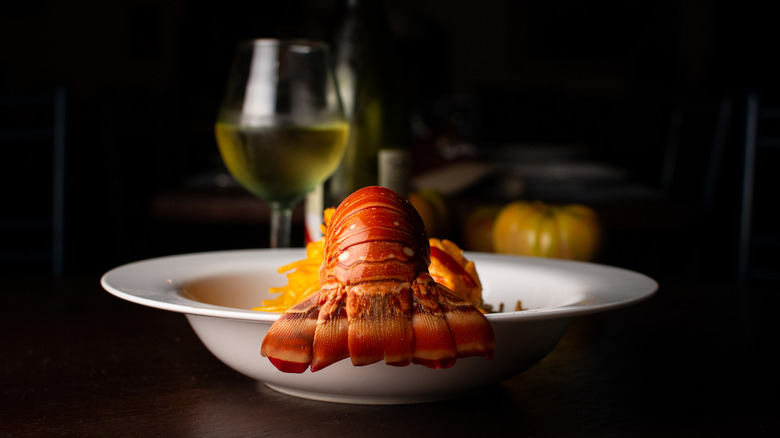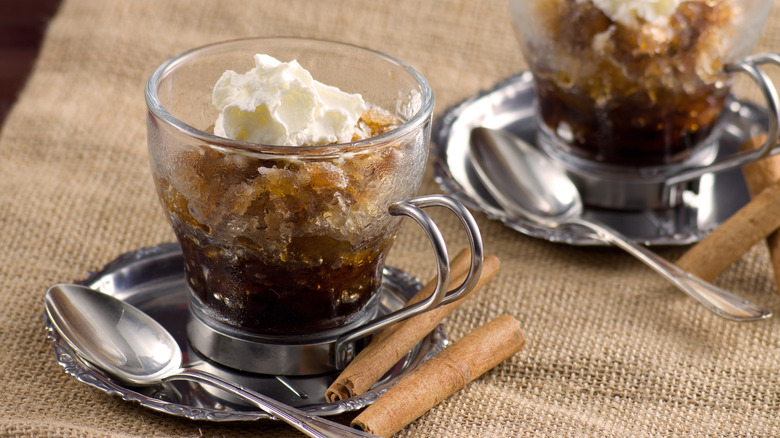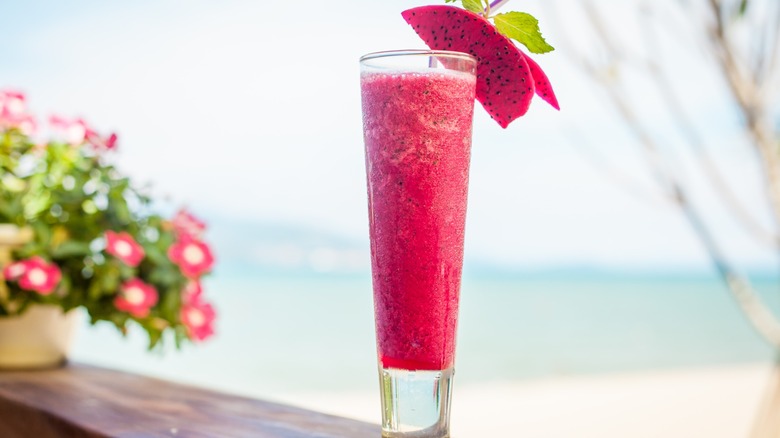Is There A Difference Between Panna Cotta And Crème Brûlée?
When it comes to indulging in delicious desserts, two popular choices that often come to mind are Panna Cotta and Crème Brûlée. These creamy and velvety desserts have their own unique flavor profiles and textures, making them favorites among dessert lovers. But what sets these desserts apart from each other? Is there really a difference between Panna Cotta and Crème Brûlée? Let’s dive deeper into these delectable treats and discover the variations that make them distinct.
Panna Cotta: A Smooth Italian Delight
Panna Cotta, which means “cooked cream” in Italian, is a traditional Italian dessert that hails from the northern regions of Italy, particularly Piedmont. This silky dessert is made by gently simmering cream, sugar, and vanilla together, often with the addition of gelatin to give it structure. Once the mixture is cooked and well-blended, it is poured into individual cups or molds and chilled until set. Panna Cotta has a delicate, smooth, and custard-like texture that quivers gently on the spoon.
Crème Brûlée: The French Classic
Crème Brûlée, on the other hand, holds its origins in France and is a staple in French cuisine. This rich and elegant dessert is created by combining egg yolks, sugar, cream, and vanilla to form a luscious custard base. The custard is then baked in a water bath until perfectly set. What sets Crème Brûlée apart is the caramelized sugar crust that tops the creamy base. Just before serving, a thin layer of sugar is sprinkled on top and then torched to create a brittle caramelized coating that adds textural contrast to the smooth custard.
Texture and Consistency
When it comes to texture and consistency, Panna Cotta and Crème Brûlée differ significantly. Panna Cotta has a delicate and silky texture that is almost pudding-like. It is smooth and creamy, with a gentle wobble when touched, similar to a well-set custard. In contrast, Crème Brûlée has a firm and velvety custard base, but it is the contrasting caramelized sugar crust that adds an irresistible crackling crunch when broken with a spoon or fork.
Flavor Profile
The flavor profile of Panna Cotta and Crème Brûlée also sets them apart. Panna Cotta is subtly sweet with a hint of vanilla, allowing the delicate creaminess to shine through. On the other hand, Crème Brûlée offers a bolder flavor profile. The creamy custard is infused with the richness of vanilla, creating a harmonious blend of sweet and aromatic notes. The burnt sugar coating adds a touch of bitterness and caramelized flavor, providing a delightful contrast to the creamy base.
Serving and Presentation
Another factor that distinguishes Panna Cotta from Crème Brûlée is the way they are served and presented. Panna Cotta is typically served in its individual cup or mold, often garnished with fresh fruit, coulis, or a drizzle of caramel sauce. Its velvety appearance and the ability to unmold it onto a plate make it an aesthetically pleasing dessert. In contrast, Crème Brûlée is usually served in the same ramekin it was baked in, with its caramelized sugar topping intact. The crackling sound produced from breaking the caramel crust becomes part of the sensory experience during consumption.
Dessert Versatility
Both Panna Cotta and Crème Brûlée offer endless opportunities for flavor variations. While classic vanilla is the most common choice for both desserts, they can be infused with various flavors like chocolate, coffee, coconut, citrus, or even matcha. Panna Cotta also lends itself well to incorporating fruit purees or coulis, adding a burst of freshness and vibrant colors. Crème Brûlée can be customized by infusing different spices or extracts into the custard base, taking the flavor experience to a whole new level.
Conclusion
While Panna Cotta and Crème Brûlée may seem similar at first glance, they have distinct differences in texture, flavor profile, presentation, and serving method. Panna Cotta offers a delicate and silky-smooth experience, allowing the creaminess to be the star of the show. On the other hand, Crème Brûlée provides a rich custard base with a delightful burnt sugar crust that offers contrasting textures and flavors. These desserts showcase the creativity and versatility of culinary traditions around the world, inviting us to indulge in the wonderful world of sweet delights.
*Source www.foodrepublic.com



































